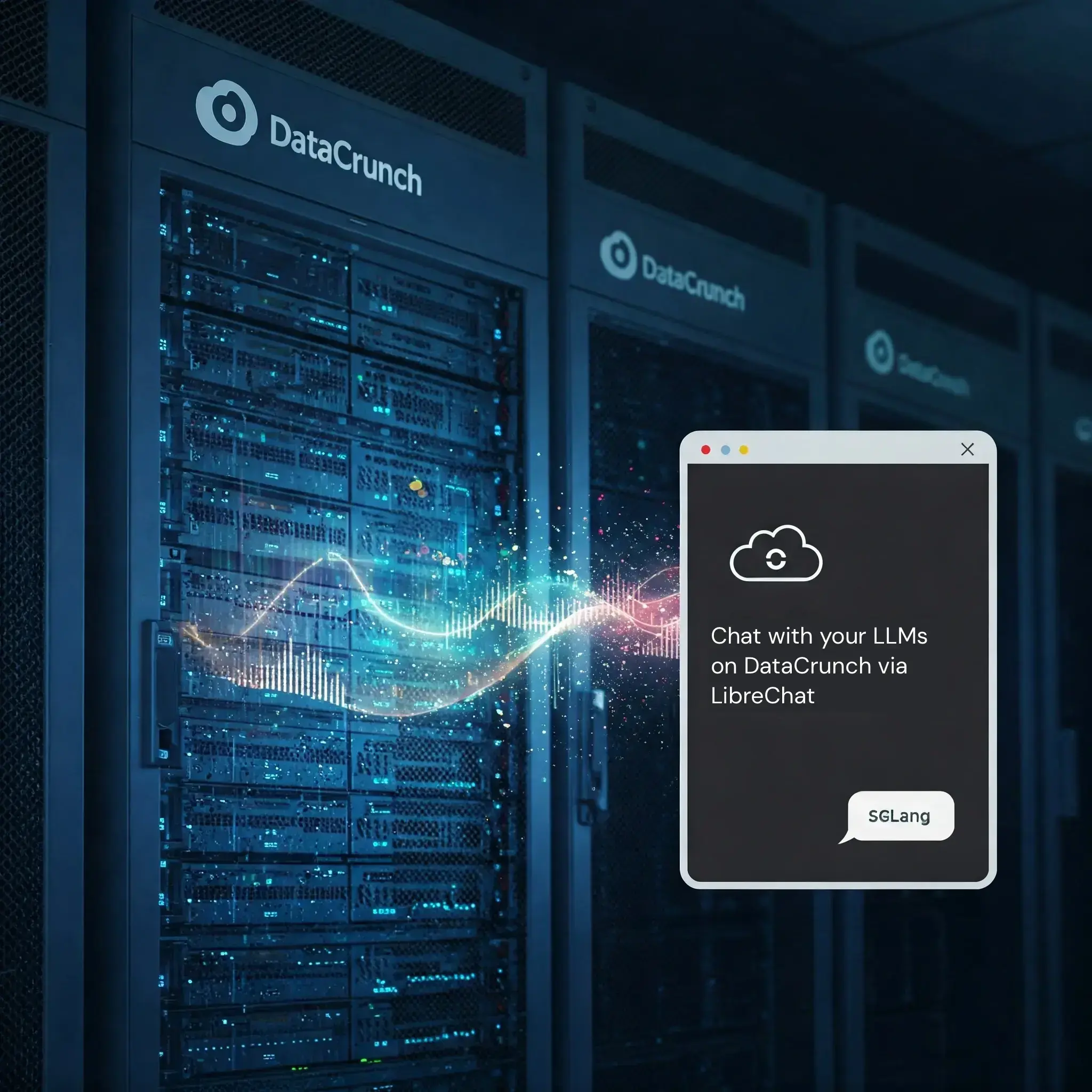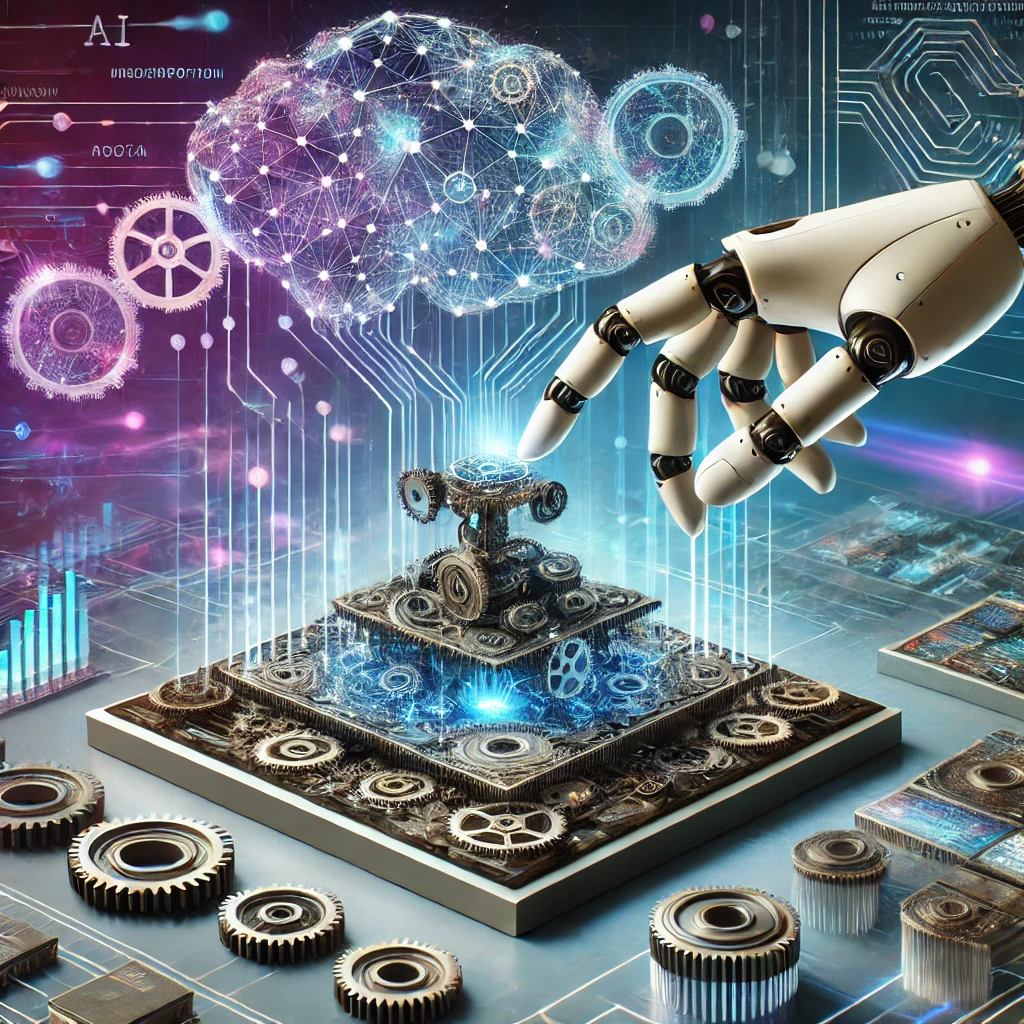
Michael Mueller
Michael Mueller is a widely recognised expert in cloud technologies, artificial intelligence, transformation, and sustainable software, with a career spanning over two decades—from technological innovation to senior management roles. As a former CNCF Ambassador and the current Co-Chair of the Green Software Foundation’s Policy Working Group, he has significantly contributed to advancing the cloud, AI, and sustainable IT industries. Michael shares his knowledge as a lecturer at the Lucerne University of Applied Sciences and Arts and as a speaker at various industry conferences.
Posts by Michael Mueller

Llama and DeepSeek with LibreChat for Conversational AI
This tutorial guides you through deploying Llama and DeepSeek using SGLang, a powerful library for …

The Great VMware Exodus: Your Guide to a Broadcom-Free Future
Broadcom’s acquisition of VMware has sent shockwaves through the IT world. Suddenly, the …

The Rise of Agentic AI: A Deep Dive
Artificial Intelligence continues to evolve at a rapid pace, and with it comes the rise of Agentic …

Startup life – Our first year
It’s been quite a ride! When we first set out, our mission was laser-focused on helping businesses …

Maximizing ROI in Platform Engineering
By focusing on developer experience and value creation in platform engineering, companies can …

AI Platform Engineering Reference Architecture
In this post, we’ll explore a comprehensive reference architecture for an AI platform. This …

Platform Engineering Reference Architecture
Introduction In the rapidly evolving technological landscape, organisations need a robust framework …

The Evolving Landscape of Large Language Model (LLM) Architectures
The field of natural language processing (NLP) has witnessed tremendous progress in recent years, …

What are Large Language Models and Key Terminologies
Large Language Models (LLMs) have changed the field of natural language processing (NLP ), powering …

Reaching Cloud Native Maturity: From Adoption to Mastery
In today’s rapidly evolving technological landscape, the shift from building cloud-native …

AI Engineering, Platform Engineering for AI
In recent years, Platform Engineering has emerged as a cornerstone for building and maintaining the …

Platform Engineering: Enhancing Cloud-Native and AI Capabilities
The technological landscape is ever-evolving, presenting organisations with both unprecedented …

Enhancing AI with Platform Engineering: Strategies for Cloud-Native Success
Understanding Platform Engineering As organizations navigate the complex landscape of cloud …

The Power of Cloud Native: A Beginner's Guide
What is Cloud Native? In today’s fast-paced digital landscape, businesses are constantly …

Startup life – Our first six month
We’re excited to share our journey so far as a new company dedicated to helping businesses reduce …

Greening your K8s Workloads
Energy efficiency is at its best around and above 80% of server utilisation as described by Brendan …

Bridging The Gap - Brigning Sustainability to SRE
Change is inevitable. It requires that your organisation’s codebase is sustainable and you are able …

Beyond DevOps and Delivery: Embracing Sustainability in IT
The DevOps and Cloud Native movements have revolutionised IT, focusing on optimising delivery …

McKinsey 2023 Report: Integrating Sustainability in Business Strategy
Navigating the ever-changing business landscape is a constant struggle for organisations, as they …

Startup life – Our first month
We’re excited to share our journey so far as a new company dedicated to helping businesses reduce …